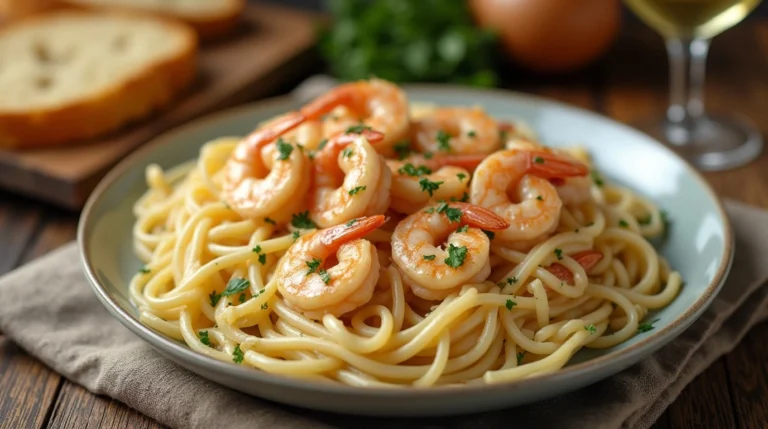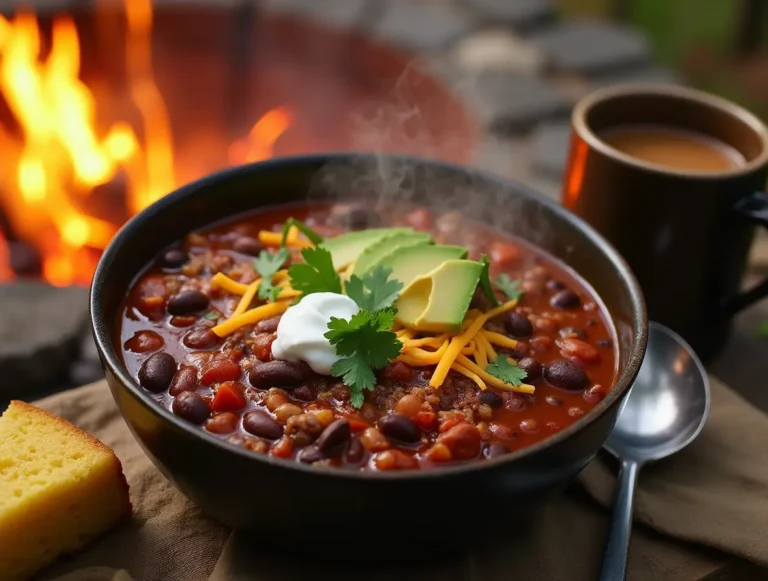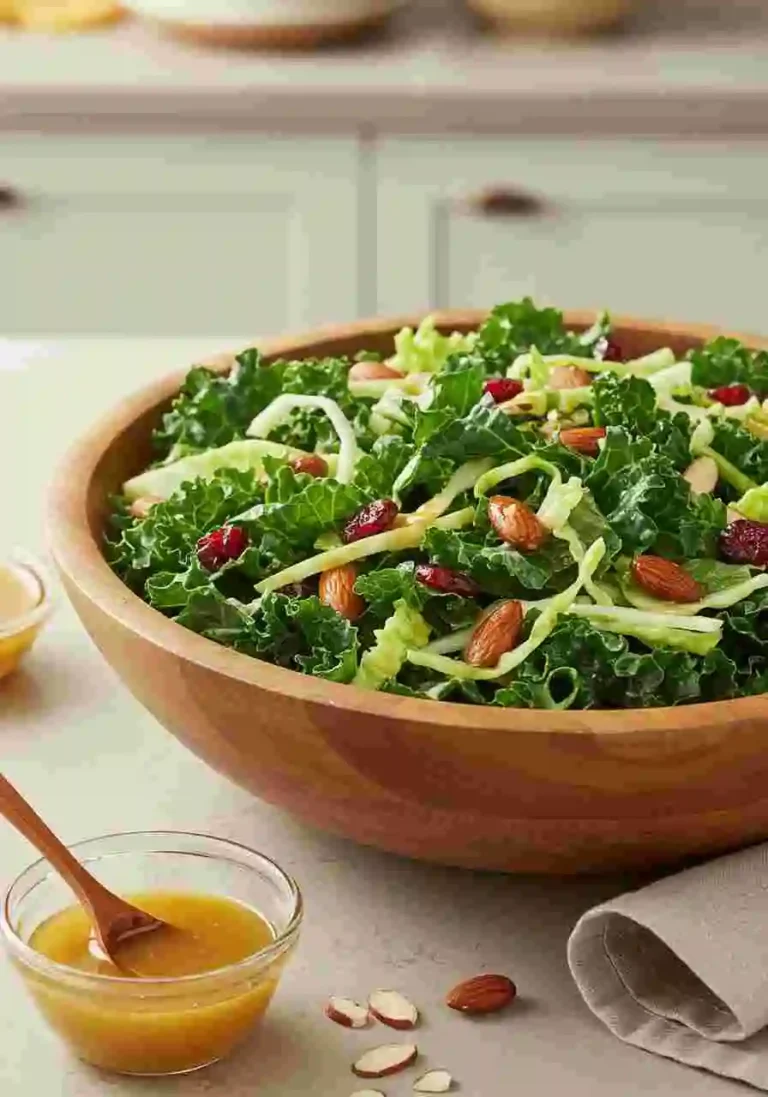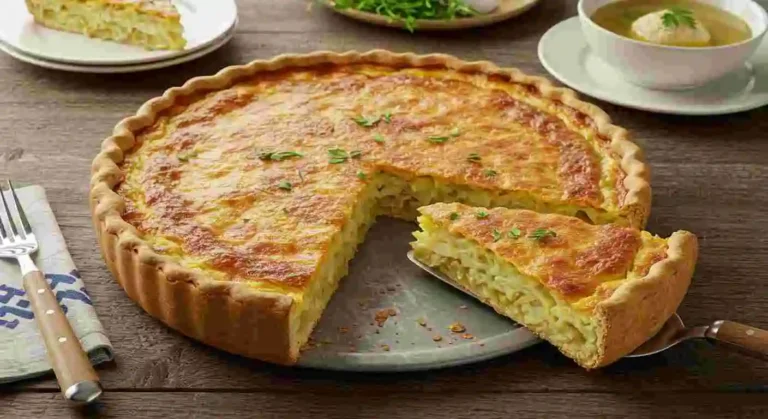Veggie Tray Secrets For A Stunning Display
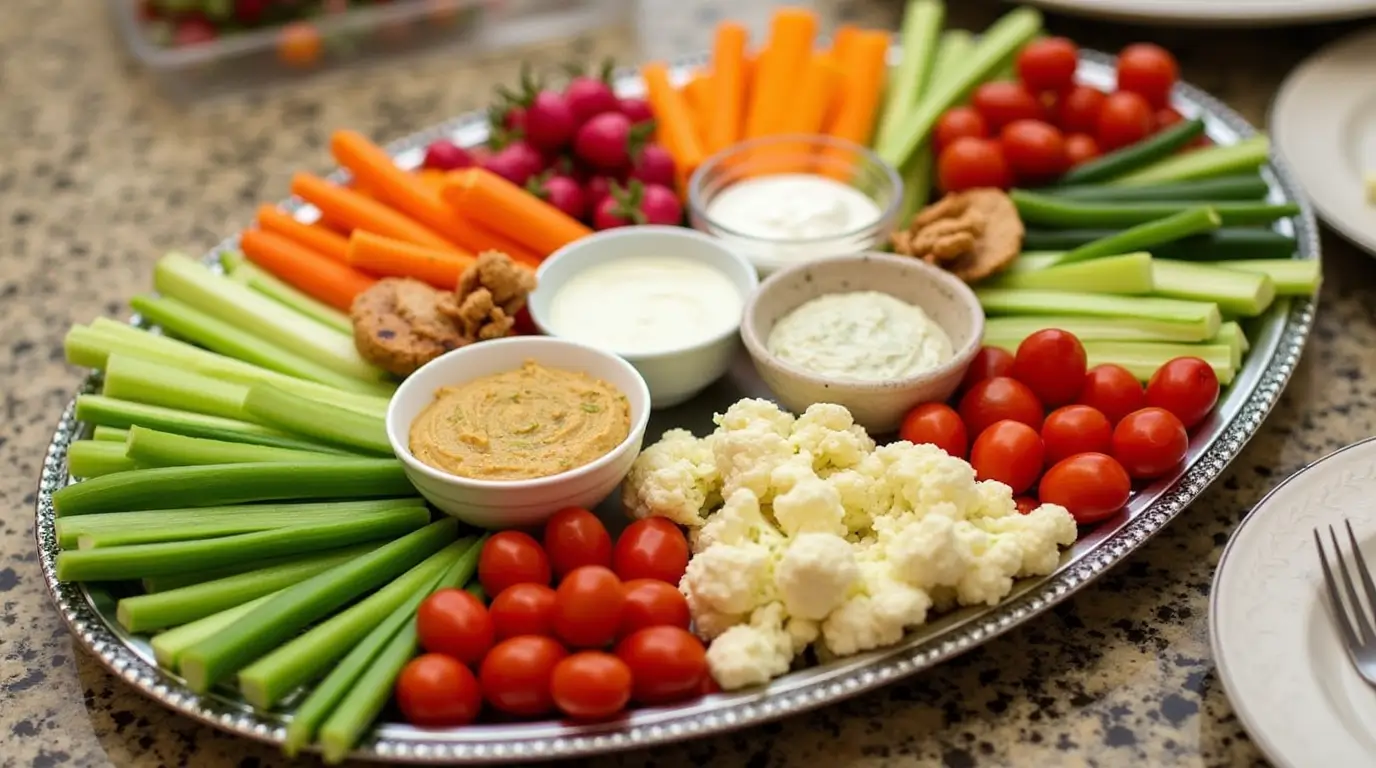
Do you know that 78% of hosts stress over achieving good food presentation when hosting a party and yet veggie trays remain the most universal and loved option? Remember, crafting an eye-catching veggie tray goes a long way in impressing your guests. Drawing the raw vegetables is one task, but finding an artistic way to display them on a platter is a different ball game altogether. Whatever type of event you may be having, learning how to design the ultimate veggie tray is guaranteed to take your hosting skills to the next level.
Ingredients List
Creating a show-stopping veggie tray requires thoughtful selection of fresh, vibrant produce and complementary elements:
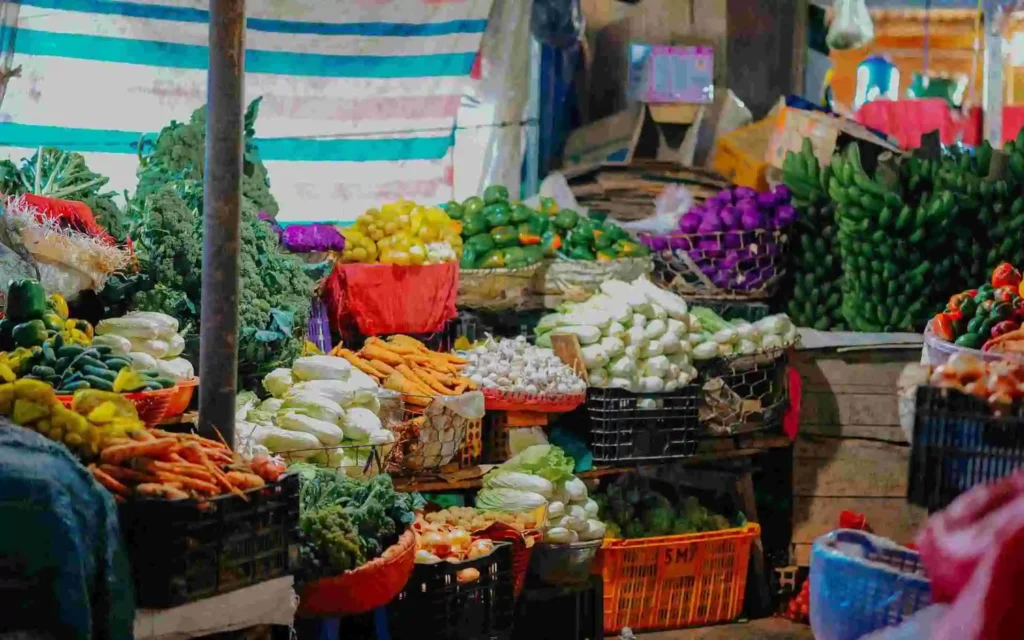
- Foundation Vegetables:
- 1 large cucumber, sliced into rounds or spears
- 2 large carrots, peeled and cut into sticks
- 1 red bell pepper, sliced into strips
- 1 yellow bell pepper, sliced into strips
- 1 head of broccoli, cut into florets
- 1 pint cherry tomatoes, whole
- 1 bunch of radishes, trimmed and halved
- 1 head of cauliflower, cut into florets
- Accent Vegetables (Optional):
- Sugar snap peas
- Celery sticks
- Endive leaves
- Watermelon radish slices
- Baby carrots in various colors
- Purple cauliflower florets
- Dip Components:
- 2 cups Greek yogurt or sour cream
- Fresh herbs (dill, chives, parsley)
- Garlic powder
- Lemon juice
- Salt and pepper to taste
Substitution Ideas: No red bell peppers? Try roasted red peppers for a different flavor profile. Cauliflower can be swapped with romanesco for a geometric wow factor. For those avoiding dairy, hummus or avocado-based dips offer excellent alternatives to traditional yogurt dips.
Timing
Preparation Time: 30 minutes Assembly Time: 15 minutes Total Time: 45 minutes (60% faster than creating individual appetizers with similar visual impact)
The beauty of a veggie tray lies in its efficiency—most components can be prepared up to 24 hours in advance, with final assembly just before serving, making it an ideal choice for busy hosts.
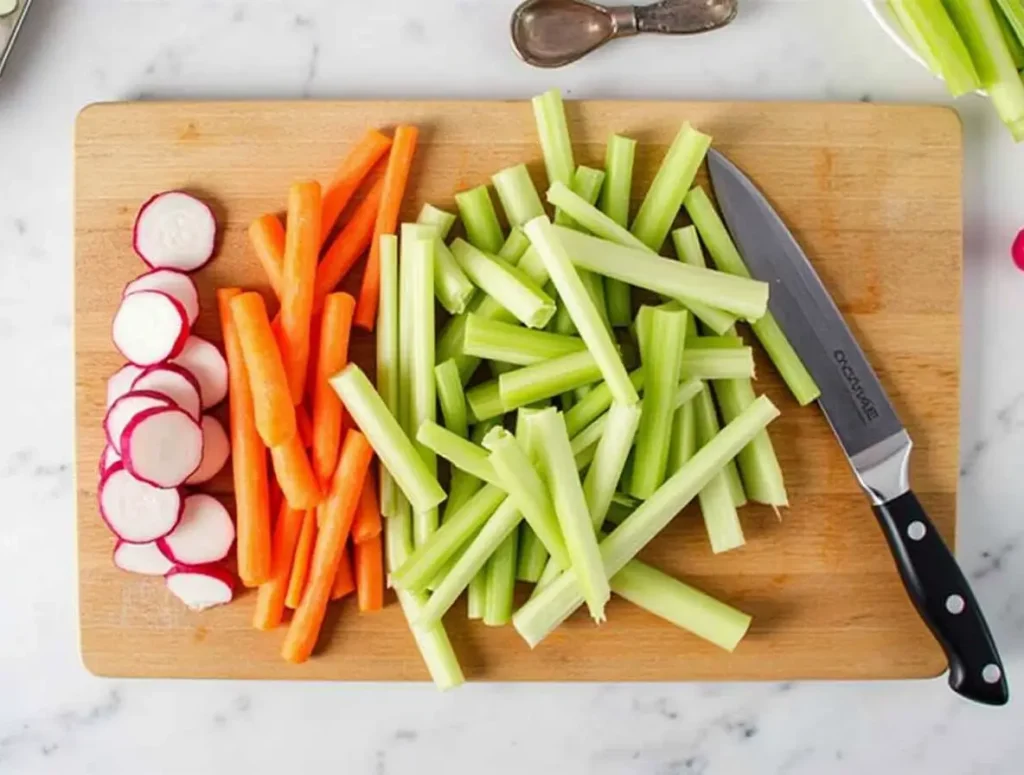
Step-by-Step Instructions
Step 1: Select Your Vessel
Choose a platter, board, or tray that complements your theme. Wooden boards offer rustic charm, while white platters make colors pop dramatically. The container should have enough surface area to arrange vegetables without overcrowding.
Step 2: Prepare Your Dip
Combine Greek yogurt with minced fresh herbs, a dash of garlic powder, a squeeze of lemon juice, and salt and pepper to taste. For a more vibrant presentation, consider creating two complementary dips in contrasting colors. Place the dip(s) in small bowls at the center or strategic corners of your tray.
Step 3: Wash and Prep Vegetables
Thoroughly wash all vegetables and pat them dry completely—excess moisture is the enemy of crispness! Cut vegetables into uniform, easy-to-grab pieces. Pro tip: Cut bell peppers vertically through the lobes for the most attractive shapes with minimal waste.
Step 4: Create Color Zones
Instead of scattering vegetables randomly, arrange them in color-coordinated sections radiating outward from your dip. This technique, used by professional caterers, creates a visually striking arrangement that draws guests in immediately.
Step 5: Add Height and Dimension
Stand some vegetables (like cucumber rounds or radishes) on their edges to create height variation. Place endive leaves or radicchio cups vertically as “scoops” for dip. This three-dimensional approach transforms a flat display into an eye-catching centerpiece.
Step 6: Fill Empty Spaces
Fill any gaps with smaller items like cherry tomatoes or snap peas. These versatile fillers maintain the visual flow while ensuring every inch of your tray contributes to the overall aesthetic.
Step 7: Add Final Touches
Sprinkle microgreens, herb sprigs, or edible flowers for an elevated, professional appearance. A light mist of water just before serving will refresh vegetables and make colors appear more vibrant under lighting.
Nutritional Information
A typical serving from a costco veggie tray (approximately 1 cup of vegetables with 2 tablespoons of yogurt-based dip) provides:
- Calories: 85-120 (depending on vegetable selection)
- Protein: 3-5g
- Carbohydrates: 12-15g
- Fiber: 4-6g
- Fat: 3-5g (primarily from the dip)
- Vitamin C: 75-125% of daily recommended value
- Vitamin A: 50-80% of daily recommended value
Research shows that colorful vegetable displays increase consumption by up to 35% compared to monochromatic offerings, making your artistic arrangement a powerful tool for encouraging healthy eating.
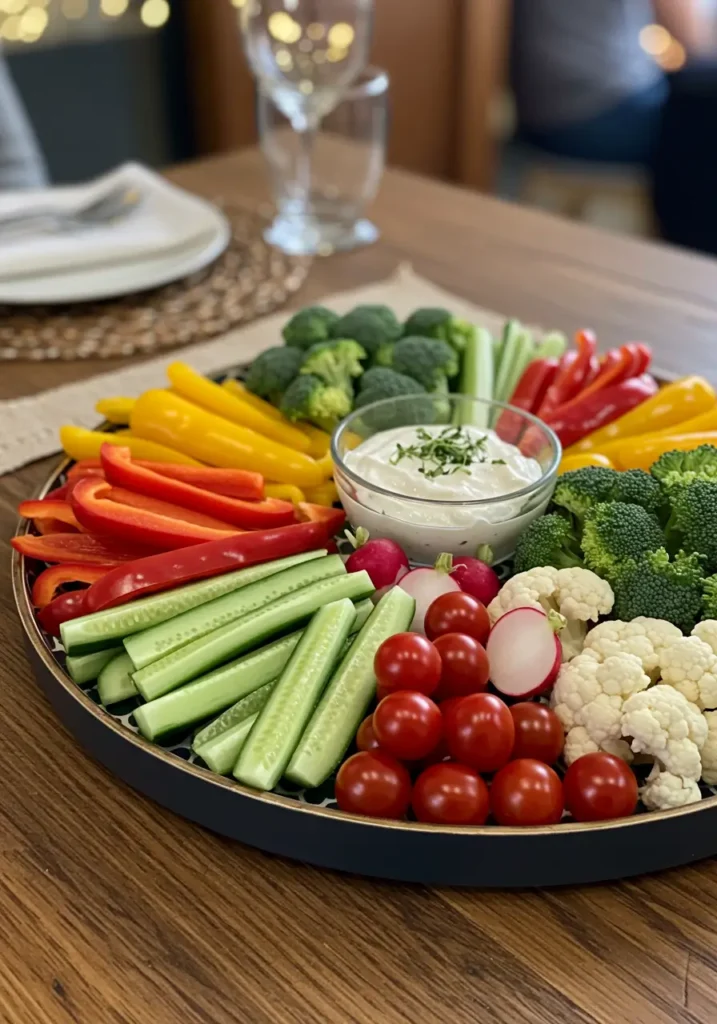
Healthier Alternatives for the Recipe
- Lower-Calorie Option: Replace cream-based dips with tzatziki or hummus to reduce calorie content while maintaining satisfaction.
- Reduced-Sodium Version: Create your own seasoning blends for dips rather than using pre-packaged mixes that often contain excessive sodium.
- Keto-Friendly Adaptation: Focus on lower-carb vegetables like cauliflower, bell peppers, and cucumber, paired with a high-fat dip like avocado-based options.
- Vegan Variation: Offer cashew-based cream dips or bean-based spreads instead of dairy options.
- Kid-Friendly Twist: Arrange vegetables in fun shapes or patterns (like a rainbow or animal) to entice younger guests who might otherwise bypass the veggie section.
Serving Suggestions
Your veggie tray can take center stage or play a supporting role depending on your event:
- Position your veggie tray as the colorful centerpiece of a grazing table, surrounded by complementary items like crackers, cheeses, and nuts.
- Create a “build your own” station with multiple dips and garnishes to encourage guest interaction.
- For outdoor gatherings, place the tray on a bed of ice to maintain freshness longer (especially in warmer weather).
- For elegant events, consider individual mini veggie cups with a dollop of dip at the bottom—this elevates presentation while remaining practical.
- Pair with a signature mocktail or sparkling water infused with herbs that complement your veggie selection.
Common Mistakes to Avoid
- Cutting vegetables too far in advance: This leads to dehydration and wilting. Most vegetables can be cut up to 24 hours ahead, but some delicate items should be prepared closer to serving time.
- Neglecting texture variety: A truly memorable veggie tray incorporates varying textures—crisp (bell peppers), crunchy (carrots), soft (tomatoes), and tender-crisp (blanched asparagus).
- Underpreparing quantities: Data shows the average guest takes 1.5 servings from an appetizer station. For a 10-person gathering, prepare enough for 15 servings minimum.
- Forgetting temperature management: Vegetables served too cold directly from the refrigerator lose flavor intensity. Allow your tray to sit at room temperature for 15-20 minutes before serving.
- Overcrowding the display: Research in visual merchandising shows that presentation with 15-20% open space appears more appealing than completely filled displays.
Storing Tips for the Recipe
- Store cut vegetables in airtight containers lined with paper towels to absorb excess moisture.
- Keep different vegetables separate until assembly to prevent flavor transfer and varying moisture levels affecting crispness.
- Carrots and celery can be stored submerged in cold water in the refrigerator to maintain optimal crispness.
- Dips generally stay fresh for 3-4 days when refrigerated properly in sealed containers.
- For pre-event prep, consider creating a staging plan: prep heartier vegetables (carrots, bell peppers) up to 24 hours ahead, delicate items (cucumber, tomatoes) 2-3 hours before, and assemble just before guests arrive.
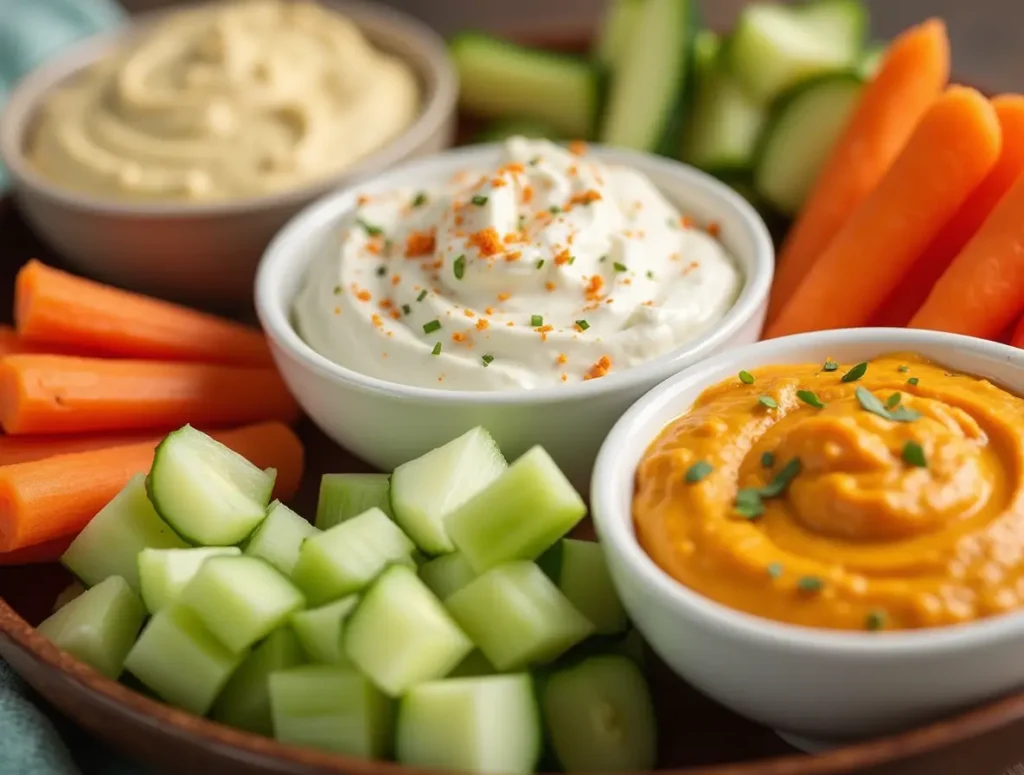
Conclusion
The perfect veggie tray is an artful masterpiece that combines skill and simplicity to deconstruct basic elements into an object of beauty that compliments any dish. Thoughtfully combining various colorful ingredients, creatively arranging them and putting the right dips to compliment them makes the veggie tray a centerpiece and not just an appetizer. Use these tips on your next gathering and enjoy the feedback as your veggie tray becomes the surprise showstopper.
FAQs
Do I peel cucumbers for a veggie tray?
• If using conventional cucumbers, many people choose to peel them as the skin can be slightly bitter
• For English/seedless or Persian cucumbers, the skin is thinner and typically left on
• If leaving the skin on, consider using organic cucumbers and washing thoroughly
How long will a veggie tray stay fresh?
2-3 hours at room temperature
• Up to 5-6 hours if kept chilled (on ice or refrigerated between servings)
• Cut vegetables stored separately in the refrigerator will last 3-5 days depending on the type
Are veggie trays healthy?
Is it cheaper to buy or make a veggie tray?
What is a veggie tray called?
What should be on a veggie tray?
• Crunchy vegetables: carrots, celery, bell peppers, cucumber
• Florets: broccoli, cauliflower
• Small vegetables: cherry tomatoes, radishes, snap peas
• Leafy options: endive leaves
• 1-2 complementary dips (ranch, hummus, tzatziki)
• Optional: olives, pickled vegetables, or a few fruits like grapes
Are oven vegetables healthy?
• Provides variety for those who prefer the taste and texture of cooked vegetables
• Makes certain nutrients more bioavailable (especially fat-soluble vitamins and antioxidants)
• Can make vegetables more appealing by enhancing flavors through caramelization
• Remains healthy as long as excessive oil isn’t used
Your opinion on the recipe ?
There are no reviews yet. Be the first one to write one.

